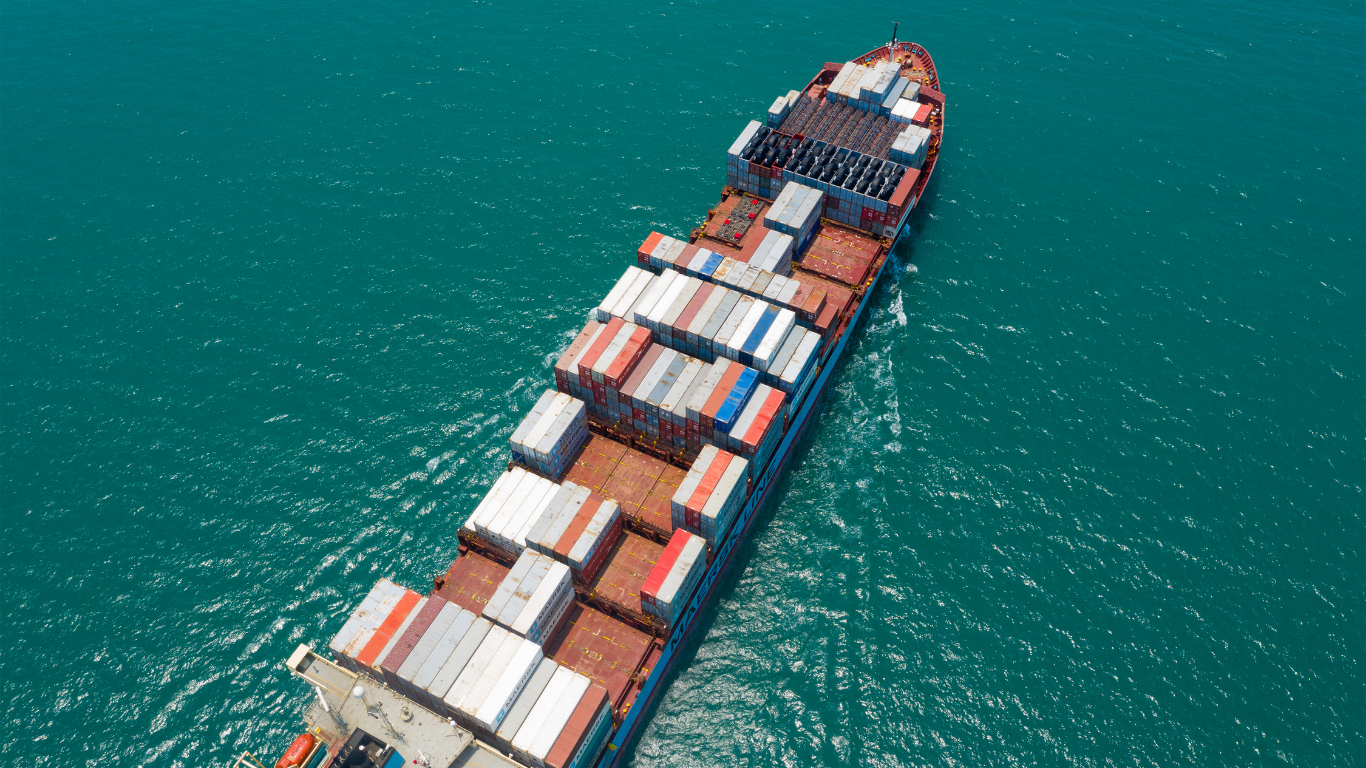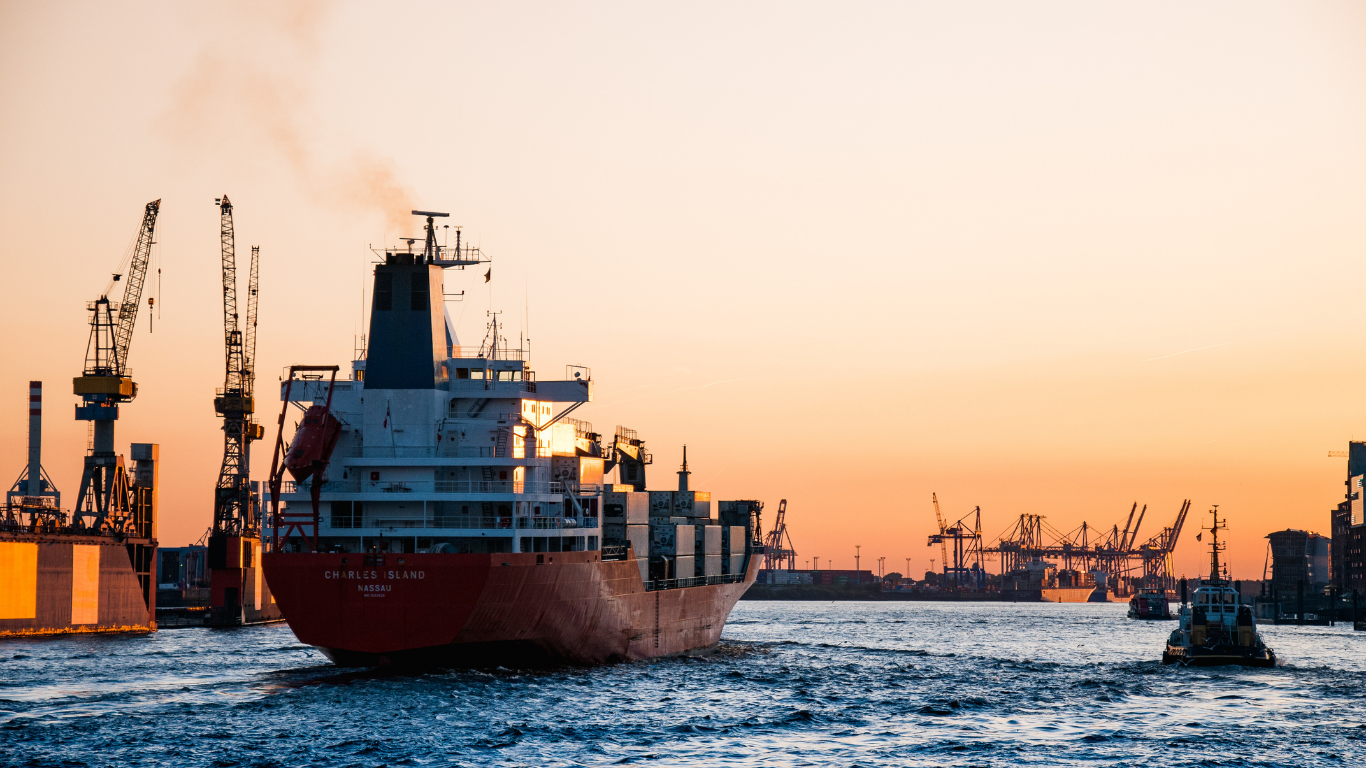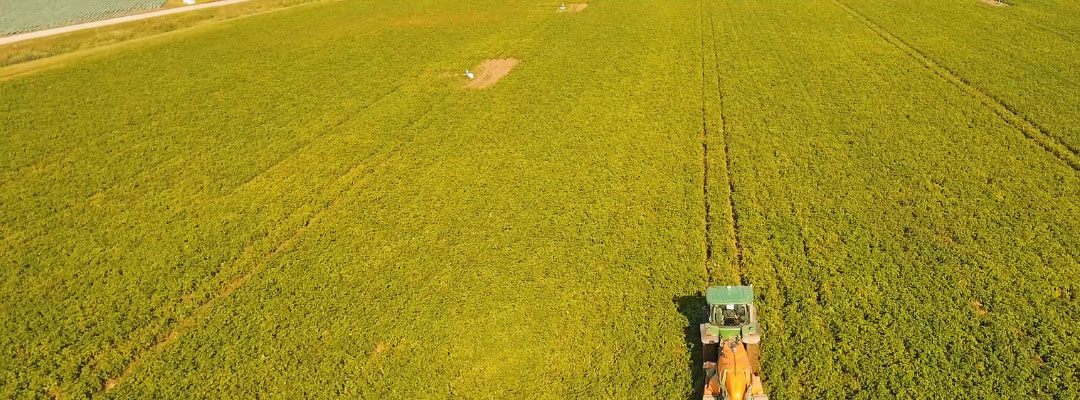Last November, I wrote an article for Southern Ag Today about the spike in fertilizer prices. Since that time, import prices have continued to rise. As mentioned in the previous article, U.S. fertilizer imports have averaged nearly $6 billion over the last five years (around 25 million metric tons), accounting for a significant share of total U.S. fertilizer use (USDA-ERS, 2019). Additionally, the global fertilizer market had already been tightening before plants were forced to cut production given the rise in the cost of natural gas, a key feedstock (Larkin, 2021). Given the continued rise in U.S. fertilizer prices, a more detailed look at imports could help explain why the price of some fertilizers have increased more than others.
In 2020, the U.S. imported about $6.5 billion in fertilizer. That year, the top imports included potassium chloride ($2.7 billion), urea ($1.3 billion), monoammonium phosphate ($590 million), urea-ammonium ($400 million), and diammonium phosphate ($400 million). In January 2020, import prices ranged from as low as $130 per metric ton (MT) for urea-ammonium to about $267/MT for and diammonium phosphate. In 2021, diammonium phosphate increased to over $1000/MT and monoammonium phosphate increased to over $700/MT; urea increased to over $500/MT. Interestingly, the price of imported diammonium phosphate fell in November 2021 to $625/MT, which was a significant decline from the $1,008/MT high the previous month. Other trends, however, suggest that fertilizer import prices will continue to increase.
U.S. Fertilizer Import Prices Significantly Higher in 2021 Due to Global Supply and Demand Issues

References
Larkin, N. (October 15, 2021) Supply Lines Fertilizer Crisis Piles More Pressure on World’s Future Food Supply. Bloomberg. https://www.bloomberg.com/news/newsletters/2021-10-15/supply-chain-latest-warnings-mount-over-fertilizer-crisis
U.S. Department of Agriculture, Economic Research Service (USDA-ERS) (2019). Fertilizer Use and Price. https://www.ers.usda.gov/data-products/fertilizer-use-and-price.aspx
U.S. Department of Agriculture, Foreign Agricultural Service (USDA-FAS) (2022). Global Agricultural Trade System. GATSFertilizer Use and Price. https://apps.fas.usda.gov/gats/default.aspx
Muhammad, Andrew. “U.S. Imports and the Continued Rise in Fertilizer Prices.” Southern Ag Today 2(5.4). January 27, 2022. Permalink




